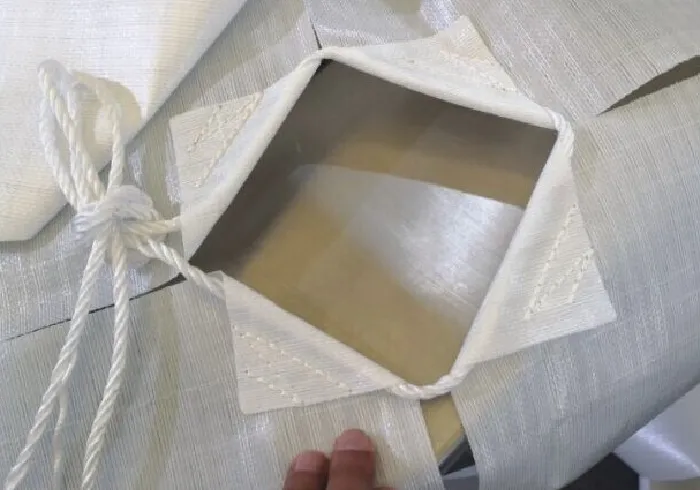hi speed lockstitch
Unlocking the Potential of High-Speed Lockstitch Machines
In the world of modern textile manufacturing, the demand for efficiency and precision has never been higher. One of the significant advancements that has played a crucial role in meeting these demands is the high-speed lockstitch machine. This sophisticated piece of machinery not only enhances production rates but also ensures the quality of textile products, making it an essential tool in the garment industry.
Understanding the Lockstitch Mechanism
A lockstitch machine creates stitches by interlocking two threads – the upper thread from the needle and the lower thread from the bobbin. This type of stitching is renowned for its strength and durability, making it ideal for various fabrics, from lightweight materials to heavier textiles. The mechanism is simple yet effective, which is why the lockstitch remains a favorite among manufacturers across the globe.
Evolution of High-Speed Lockstitch Machines
The evolution of high-speed lockstitch machines is a testament to technological innovation in the textile industry. Older models operated at much lower speeds, making them inefficient for large-scale production. However, advancements in motor technology, electronic controls, and precision engineering have enabled contemporary high-speed models to operate at speeds exceeding 5,000 stitches per minute. This significant boost in performance translates to increased productivity, allowing manufacturers to meet tight deadlines and growing consumer demand.
Advantages of High-Speed Lockstitch Machines
1. Increased Productivity The most apparent benefit of high-speed lockstitch machines is their ability to produce a larger volume of finished products in a shorter amount of time. This productivity boost is crucial for businesses that need to maintain a competitive edge in a fast-paced market.
2. Superior Stitch Quality High-speed lockstitch machines are designed to create consistent and high-quality stitches. Advanced technology ensures that tension and feed are optimized, resulting in fewer defects and less rework. This consistency not only enhances the final product's appearance but also leads to greater customer satisfaction.
hi speed lockstitch

3. Versatility These machines can accommodate a wide range of fabrics and stitching styles. Whether it’s straight stitches, zigzag patterns, or decorative elements, high-speed lockstitch machines can handle various applications, making them invaluable in garment manufacturing.
4. Cost Efficiency Although the initial investment may be significant, the long-term savings realized from increased output, reduced labor costs, and minimal material waste justify the expense. Additionally, fewer machine breakdowns and less maintenance are required with newer models, further enhancing their cost-effectiveness.
Challenges and Solutions
While high-speed lockstitch machines offer numerous advantages, they also present challenges. Technicians must balance machine speed with proper threading and tension settings to prevent thread breakage or fabric puckering. To address these issues, manufacturers are increasingly incorporating automation and computerization into their machines. Features such as automatic thread tension adjustments and sensor technology can detect issues before they escalate, ensuring a smooth production process.
The Future of Textiles with High-Speed Lockstitch Machines
As the garment industry continues to evolve, the integration of high-speed lockstitch machines is expected to grow. The industry is moving towards more sustainable practices, and these machines are being designed to minimize waste and energy consumption. Moreover, the rise of smart factories, with IoT (Internet of Things) technology, will allow high-speed lockstitch machines to communicate with other systems, optimizing production workflows and enhancing quality control.
Conclusion
High-speed lockstitch machines are at the forefront of the textile manufacturing revolution. Their ability to combine speed, quality, and versatility makes them indispensable in modern garment production. As technology continues to advance, these machines will further refine their capabilities, ensuring that manufacturers can meet the ever-increasing demands of the global market. Embracing this technology not only enhances productivity but also paves the way for a more innovative and efficient future in the textile industry. As businesses invest in these new solutions, they take significant steps toward achieving operational excellence and sustainable growth in a competitive landscape.
-
Industrial Cylinder Arm Sewing Machine: Revolutionizing Heavy-Duty SewingNewsJul.28,2025
-
Cylinder Arm Sewing Machine: Perfect for Special Sewing ApplicationsNewsJul.28,2025
-
Cylinder Bed Sewing Machine: Essential for Sewing Complex MaterialsNewsJul.28,2025
-
Heavy Duty Sewing Machine: The Essential Tool for Industrial ApplicationsNewsJul.28,2025
-
Computerized Pattern Sewing Machine: Revolutionizing Precision StitchingNewsJul.28,2025
-
Heavy Duty Industrial Sewing Machine: Power Meets PrecisionNewsJul.28,2025
-
Leather Sewing Machine: The Industrial Standard for Tough MaterialsNewsJul.18,2025





























